Cane Corso
Cane Corso is an affectionate, majestic, and intelligent dog breed, and its name can roughly be translated from Latin as bodyguard-dog. Other names for this breed are Cane Corso Italiano, Italian Corso Dog, and Italian Mastiff. Their main characteristic against intruders is their imposing appearance.
They are very loyal and eager to please their humans but very assertive and willful. Cane is a Latin word for dog that is derived from the word “canis” and the word “Corso” comes from the word “cohors” which means bodyguard, or from the other Latin word “corsus” meaning sturdy. Because they are very powerful and athletic, this dog breed is not suited for an inexperienced owner.
You need to consider many things if you decide to contact Cane Corso breeders to find your new puppy.
Dog Breed Video

Height:
23–27 in (60–68 cm)

Weight:
88-110 lb (40-50 kg)

Origin:
Italy

Life Expectancy:
10-11 years
Dog Breed Characteristics
This is a quite large dog breed with a life span of 10-11 years. The Italian Mastiff is a loving, devoted, affectionate, and extremely loyal dog, who bonds strongly with its people. This dog requires a lot of exercise and physical and mental stimulation.
After all, this breed is a working one, so it needs to have a job to do. If Cane Corso is deprived of fun, it may develop some destructive habits (excessive barking, digging holes, chewing up everything on its way).
Jogging or hiking is a great way to help your Cane Corso burn off its energy. Many of these dogs excel in dog sports such as agility, obedience, diving, etc.
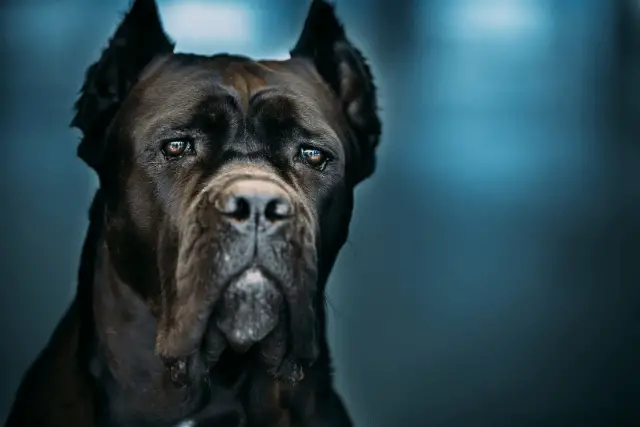
Grooming tips
The Cane Corso’s coat is short, stiff, and easy to maintain. It comes in black, light, and dark shades of gray; light and dark shades of fawn; and red. Any of these colors may have a brindle pattern. White patches are common and are accepted on the chest, toes, and chin.
Brush your dog at least once a week. The coat sheds heavily twice a year (during seasonal changes), so we recommend you buy yourself a good vacuum cleaner before getting this dog. Groom the dog when needed, and with a little help of praise and rewards, make it a positive experience.
The rest is basic care – trim the dog’s toenails regularly, bathe the dog when needed, check its ears, brush its teeth a few times a week, etc.
FUN FACT: Italian Mastiffs may drool, snore, and/or can be gassy.
Ear cropping
When we talk about the ears of this dog, most people will visualize cropped ears on Cane Corso. Their ears may be cropped or uncropped. The ears are naturally dropped forward, but most of the breeders crop the ears into small, equilateral triangles that stand upright.
Breeders also typically dock the tails of Cane Corsos. Cropping their ears have many benefits. Not only that will prevent any injuries and prevent potential ear infections. If you decide to crop your dog's ears, the first thing you should find out is: where you can legally crop dogs' ears. Many countries have banned it.
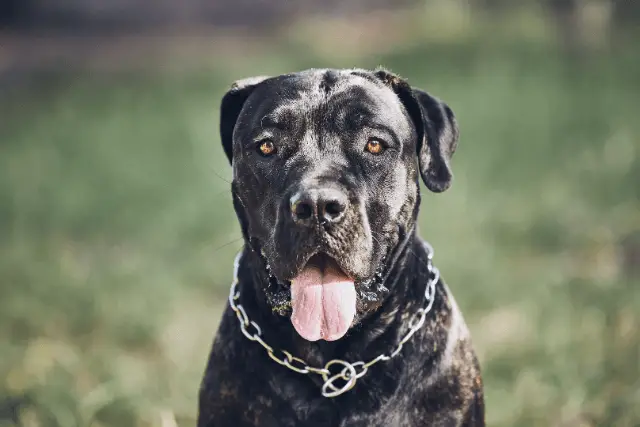
The other important thing you need to take into consideration is that a vet can do a great job without hurting the dog.
Italian Mastiff - temperament
The Italian Mastiff is a highly intelligent dog breed with a stable temperament. This breed is often described as the breed that is ready to meet any challenge and is ready for action. This can be tricky if the dog is in the wrong hands.
The owner of the Cane Corso dog must provide leadership and prevent the dog from roaming. We can often hear that Cane Corso's dog is described as aggressive, but this is only a consequence of inadequate nurture. With proper training and socialization that should start from an early age, these dogs are very well-behaved and get along well with other people but are always very protective of their owners.
Expose your dog to many different people, sights, sounds, and experiences while the dog is still a puppy to socialize the dog properly. This dog does not show interest in the people outside the family. They are very attentive to the owner, affectionate to children and family, and if it's necessary, they will become the courageous protector of their humans, home, and possessions.
They like to be involved in all family activities and endure all weather conditions, but what he will not tolerate is separation from family and shared activities. According to the breed standard, the Cane Corso should be indifferent when approached and should only react when there is a real threat present.
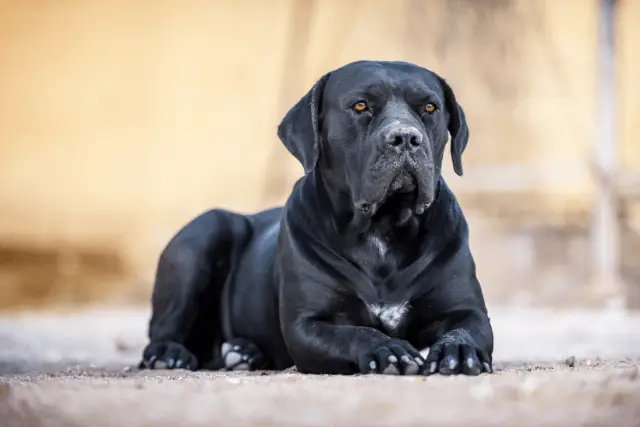
The Italian Mastiff can get along with other dogs or cats if it is raised with them, but because of its high prey drive and territorial nature, it will most likely view other animals (such as cats and small dogs from the neighborhood) as potential prey and do its best to kill them.
If you decide later in life that you want to get another dog, it is advised that you choose the opposite sex so you won't have any problems later.
Italian Mastiff and kids
If they are socialized and raised properly this dog breed can be very good with children. They will be protective and loving. The most important thing you shouldn’t allow is to let dogs chase kids during playtime. This action can associate these dogs with hunting prey.
If the kids are playing and running around the house, your dog should be confident and not start chasing them; you especially need to be very alert if other kids are playing around because, in some situations, your dog can assume that your kid is in trouble and try to step in to “protect” the kid.
Like with any other dog breed, you must teach your kids how to properly play and approach the dog. If you do these things right, you can be sure that both your dog and your kids will know how to play with each other. It is not advised to leave your kids during playtime, no matter how trained your dog is.
There can be situations where the dog could unintentionally easily hurt the kid because of his size.
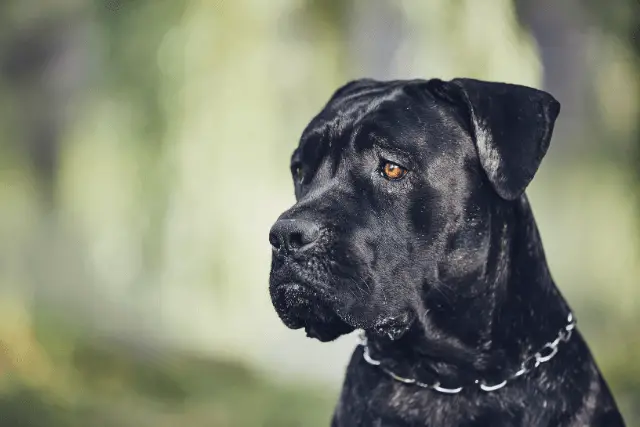
Training
Italian Mastiff is naturally strong-willed and has bossy nature, so consistent and firm training is essential. It is important to let the dog know from the start what the rules are and who the boss is, and therefore is not recommended for first-time, inexperienced, or timid owners.
Be calm and self-assured while training this dog. During the training, never hit the dog because it will send the wrong message. They respond well to praise and rewards, so keep that in mind. You just need to be firm, and consistent, and in the end, all the hard work will pay off.
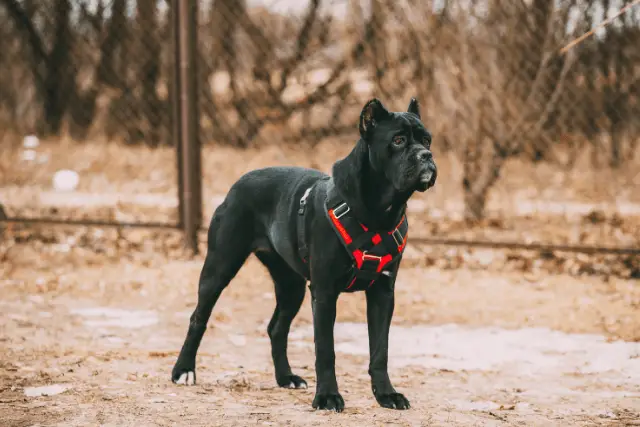
FUN FACT: The Cane Corso Italiano doesn’t care for people and animals outside its family, but those within have its unconditional love, undivided loyalty, and protection.
Health problems
The Cane Corso dog breed has a higher-than-average probability of developing certain health issues during its lifetime. Hip dysplasia and degenerative joint disease are common because of this breeds' robustness – they have the typical bone and joint problems of giant breeds.
Another condition is gastric volvulus or „bloat“ where the stomach fills with air and twists on its axis, causing a lot of pain to the poor dog. Symptoms are retching without vomiting and lethargy. If you notice these symptoms, take your dog to the vet immediately.
You can help reduce the risk of suffering from bloat by giving your dog a few smaller meals throughout the day instead of one large one. Also, you can pick up a bowl that is specially designed to slow down your pet’s eating pace. This dog breed is also prone to common eye defects, such as entropion, ectropion, and glandular hypertrophy, or "Cherry eye."
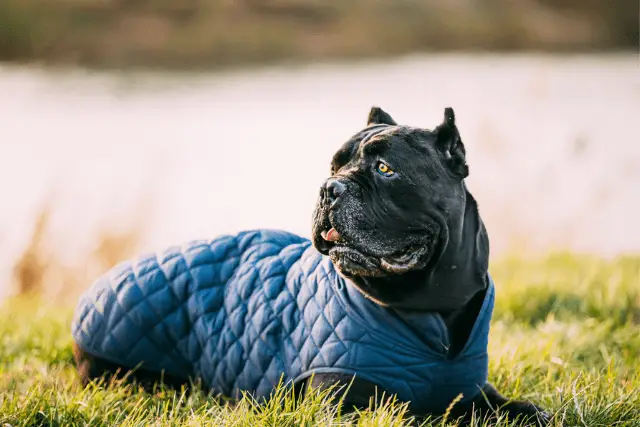
Keep in mind that this breed is prone to obesity as well and can quickly slip into an overweight zone, so make sure to feed and exercise your pet properly.
There are a few recommended health tests to ensure that your dog is healthy: hip evaluation, elbow evaluation, and cardiac exam. The most important thing is to find a good breeder who will test his breeding dogs.
FUN FACT: To communicate with members of the family, the Cane Corso uses woo-woo-woo sounds and snorts.
FAQ
Yes, Cane Corso makes an amazing, protective family dog. They are extremely affectionate with their family, and they will make an amazing guard dog. The only condition that needs to be fulfilled is that the dog is properly trained and socialized.
Cane Corso is considered a fairly large breed that can reach a height of 23 - 27 inches and weigh up to 110 pounds.
The Cane Corso has one of the strongest bite forces in the canine kingdom. Their bite force measures 700 PSI. The only breeds that have a stronger bite than the Cane Corso are the Bandogge and the Kangal.
Cane Corso breeders
Before deciding to extend your family with a Cane Corso dog, think carefully if this is the right dog breed for you. Talk with experienced Italian Mastiff breeders and owners. These dogs are massive, powerful, and confident canines that demand respect.
They require an owner that can provide leadership and can spend a lot of time on training, socialization, and exercising his Cane Corso dog. If you are considering this dog and you never had a dog before, we highly recommend you sign your dog to dog school and seek help from professionals so you won't regret the decision to buy a Cane Corso dog later in life.
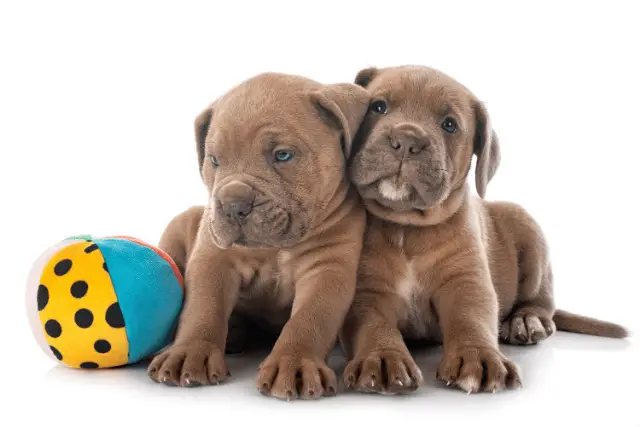
Talk to many breeders so you can find the best dog for you. Also, many breeders who will sell you his puppies will help you along the way, give you useful advice and tips about living with these dogs and what is the best thing you can do. So if you have any additional questions after you buy a dog, most of the breeders will welcome your questions because they what the best for their puppies.
TIP: If you are planning on buying or adopting a Cane Corso, make sure to inform yourself whether it is legal in your country to own this dog breed. In some countries (such as the USA, Bermuda Islands, and Ukraine), these dogs are considered aggressive and dangerous, so the ownership of these dogs is restricted or banned.
World Dog Finder team

Updated at30.08.2023.
Breed History
The Cane Corso Italiano is a medium to large-sized dog breed with a muscular, athletic appearance. It is a type of mastiff dog that belongs to the group of working dogs. This breed originates from Italy, and it is a common belief that the breed was used as Roman war dogs.
FUN FACT: Roman Cane Corsos would often appear in the arenas for blood sport and would be used to fight gladiators, along with other ferocious animals (such as lions and bears).
Except for warfare, these dogs were used to protect properties, hunt animals, and be all-around farmhands. As farming became more mechanized, this breed was led nearly to extinction by the middle of the 20th century, but thanks to the group of Cane Corso fanciers that formed the Society Amatori Cane Corso in 1983, it still exists today and is mostly used as a family dog with guard duties or as police and military dog.
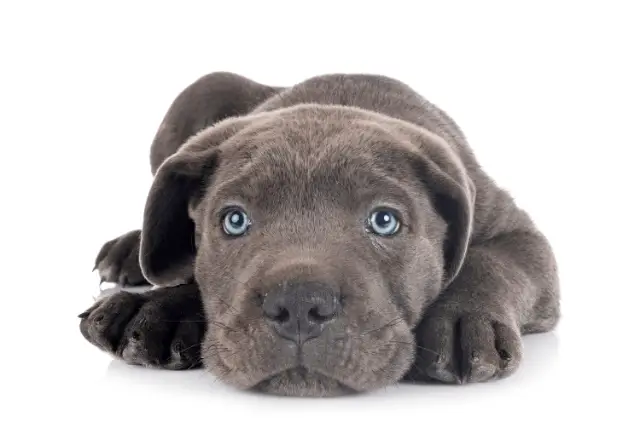
In 1997 this breed was recognized by the FCI, and the AKC fully recognized this dog breed in 2009.
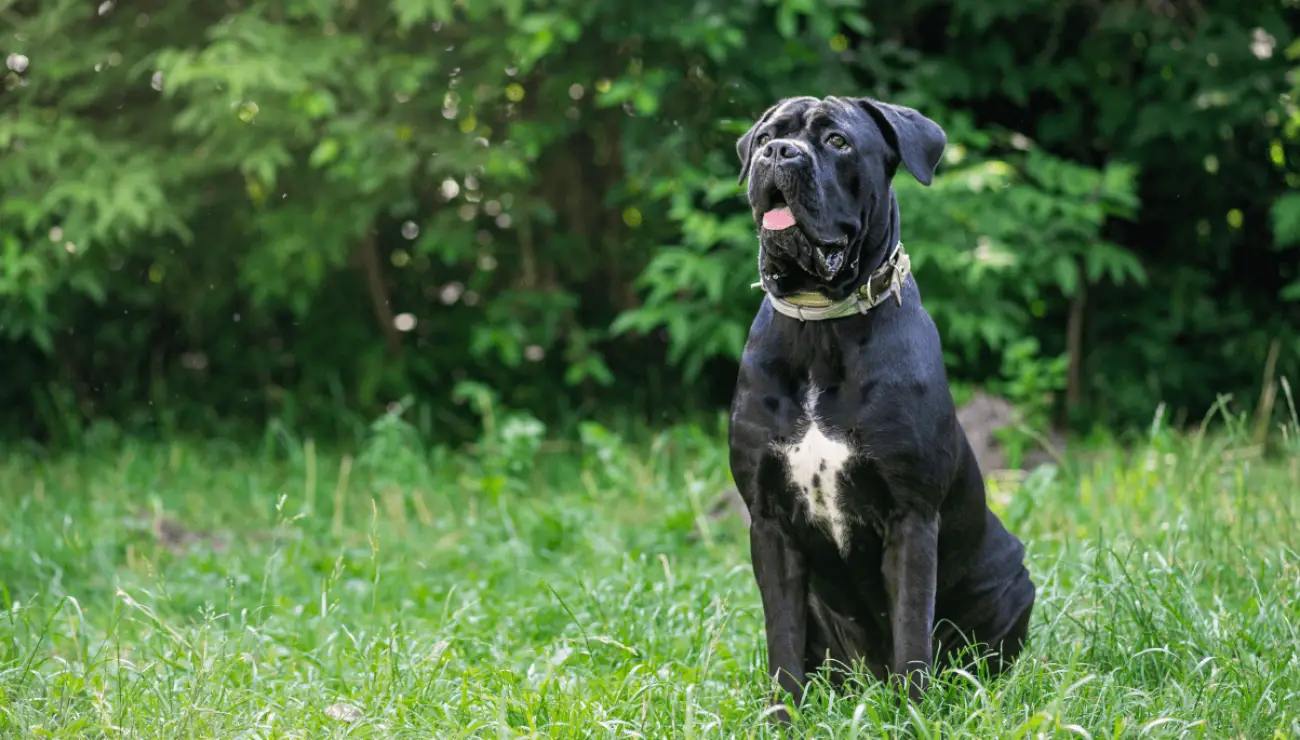
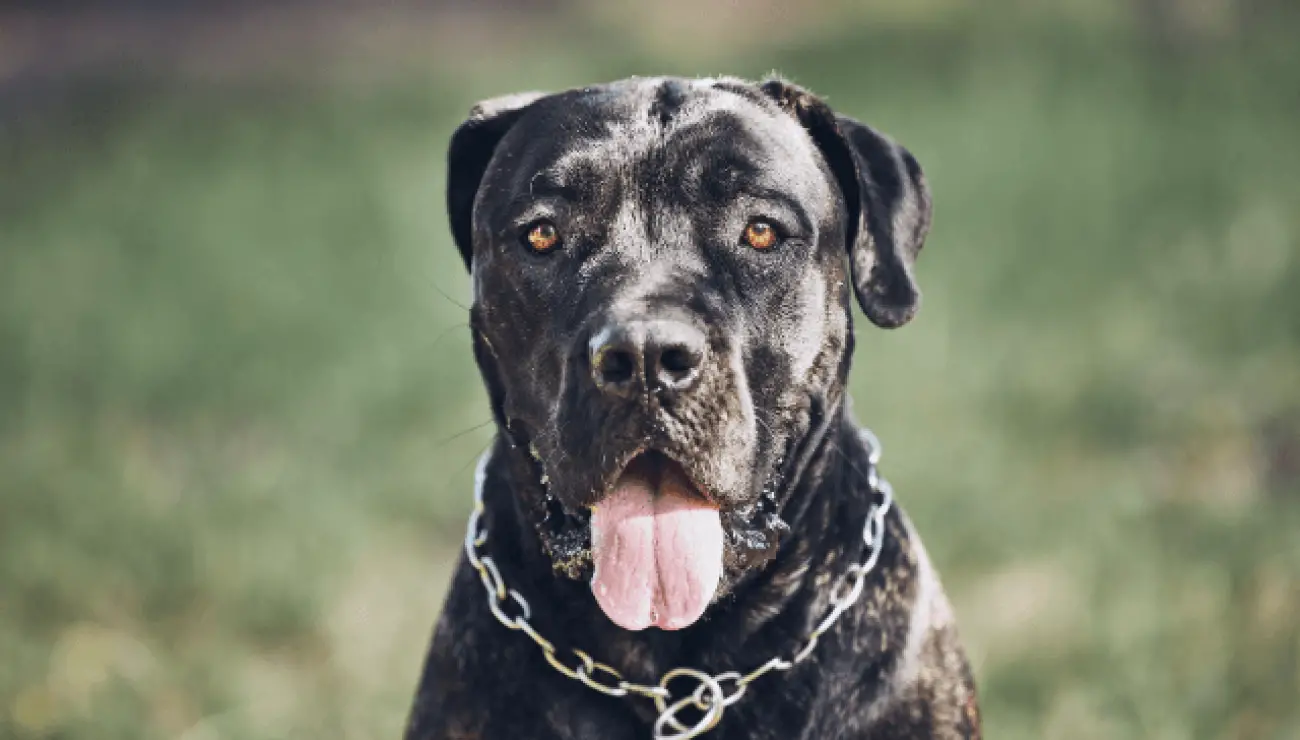
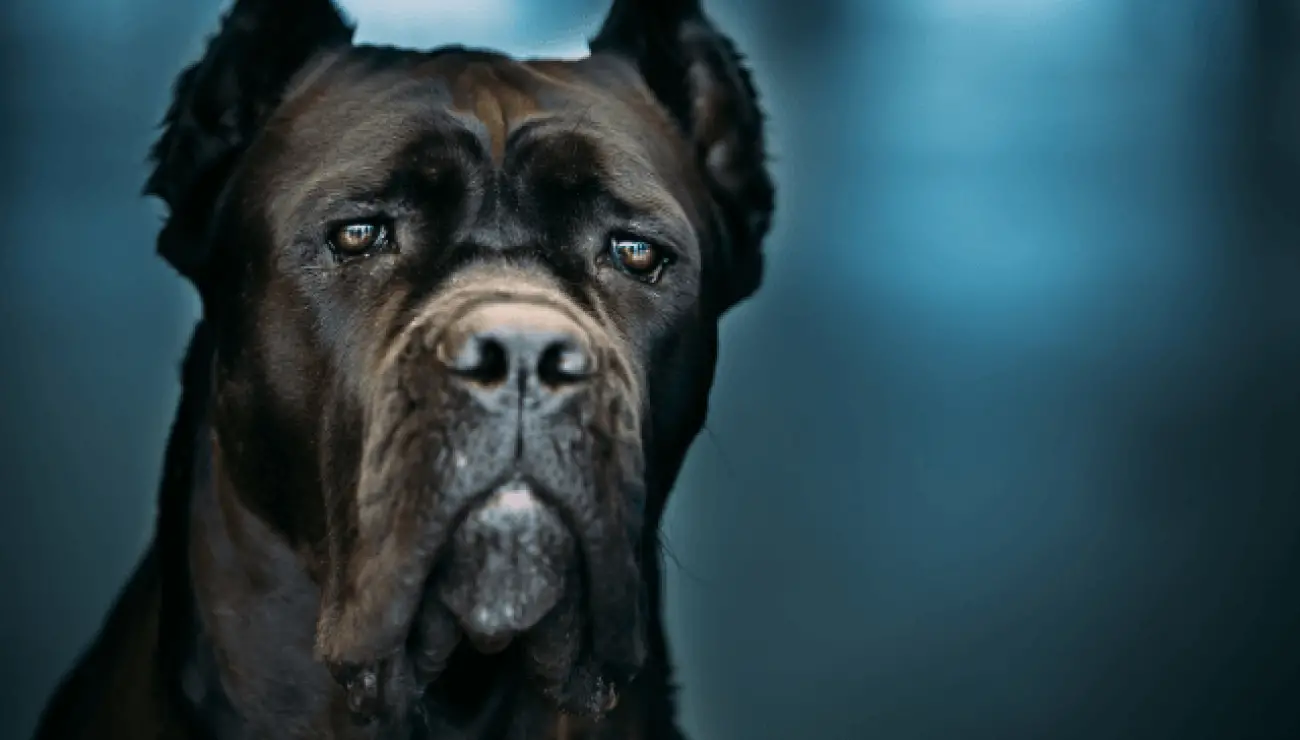
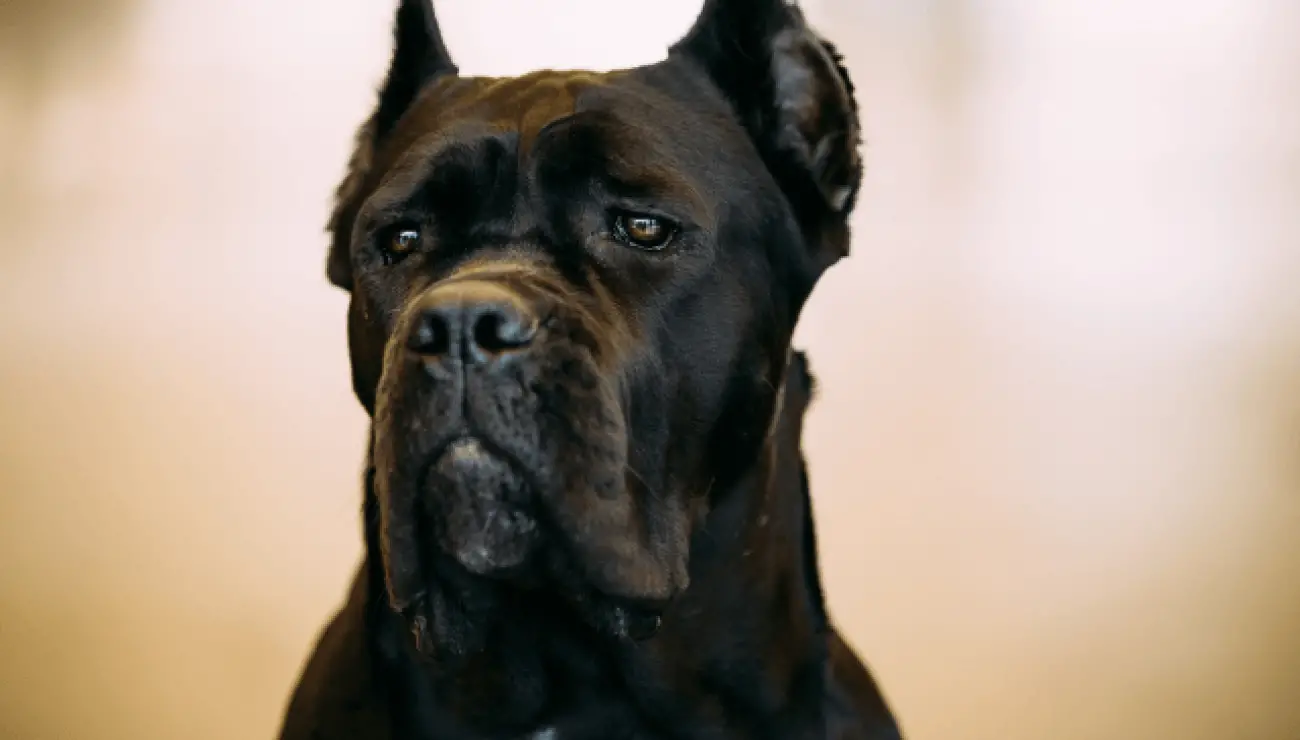
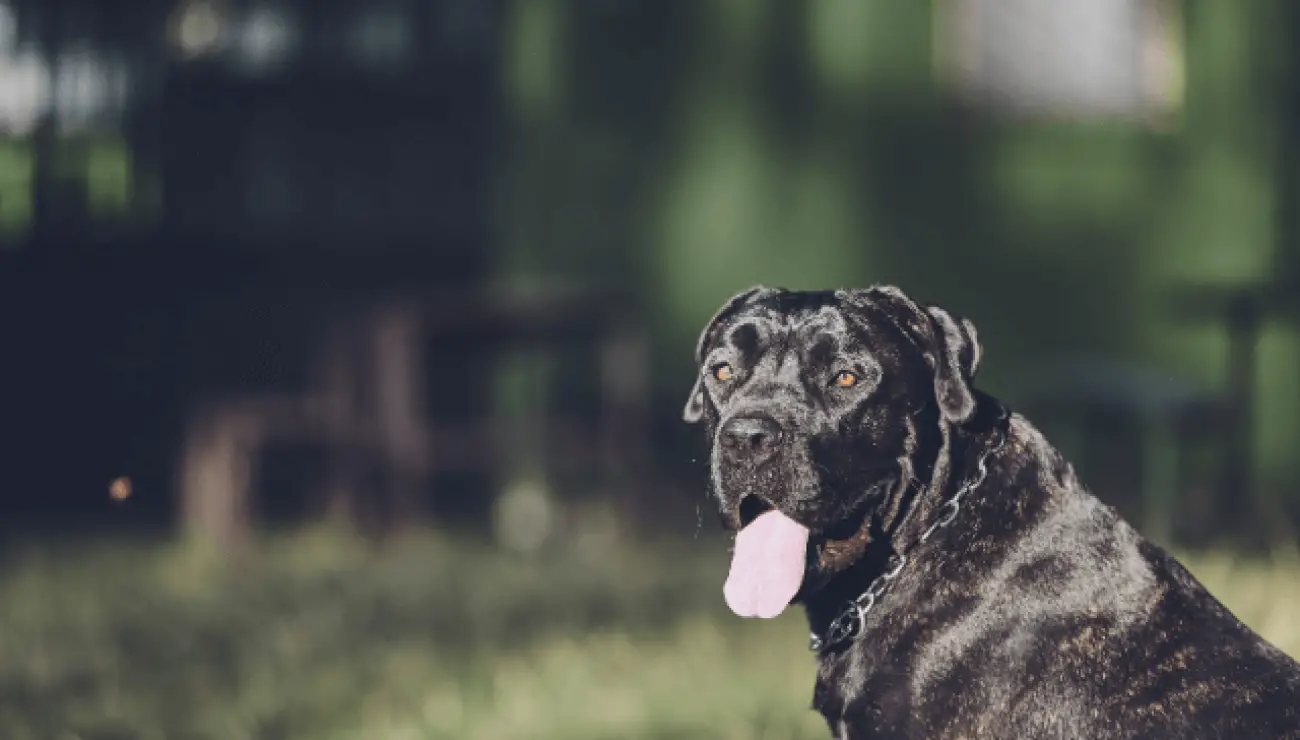
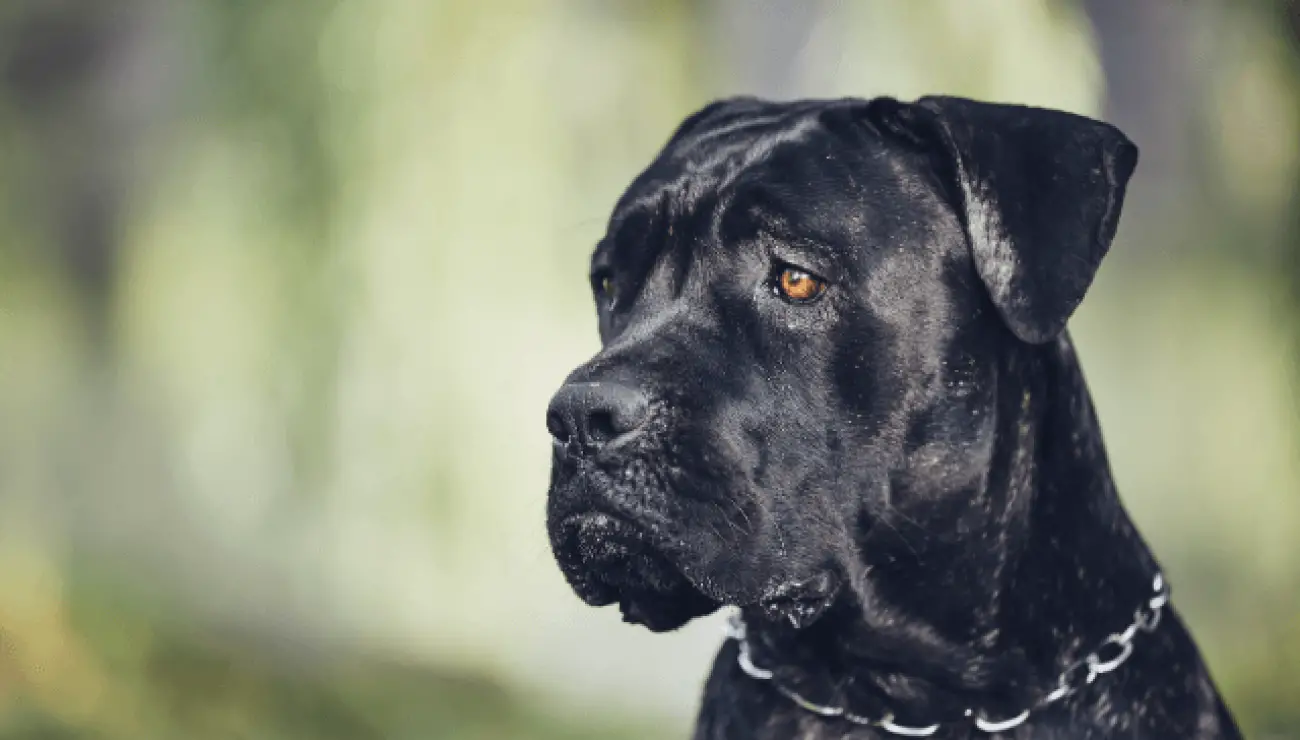
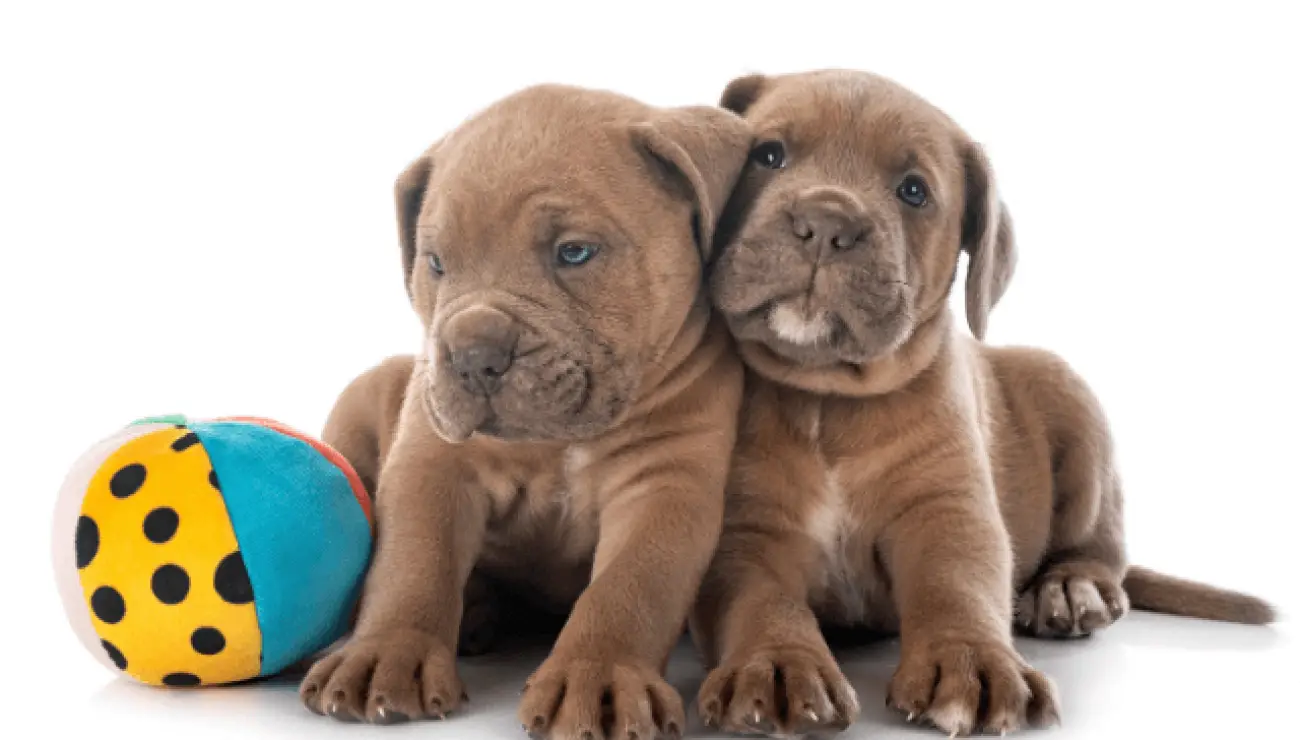
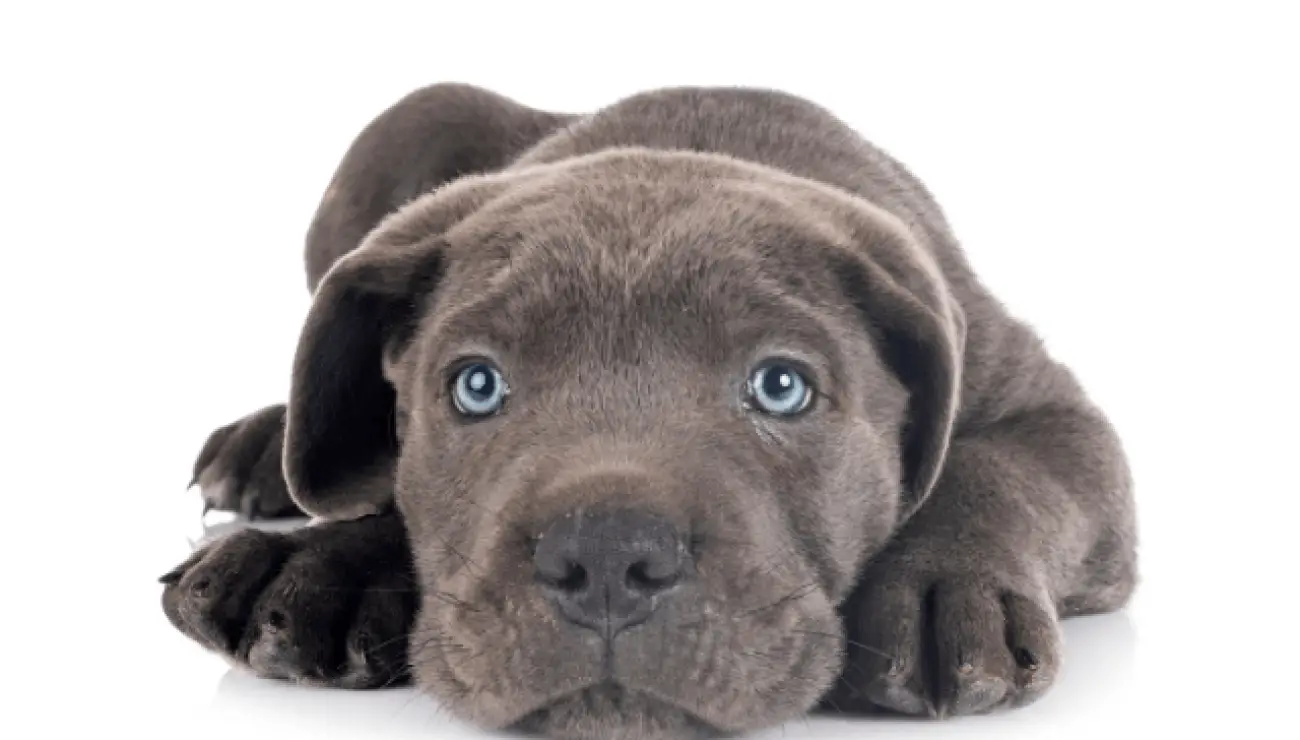
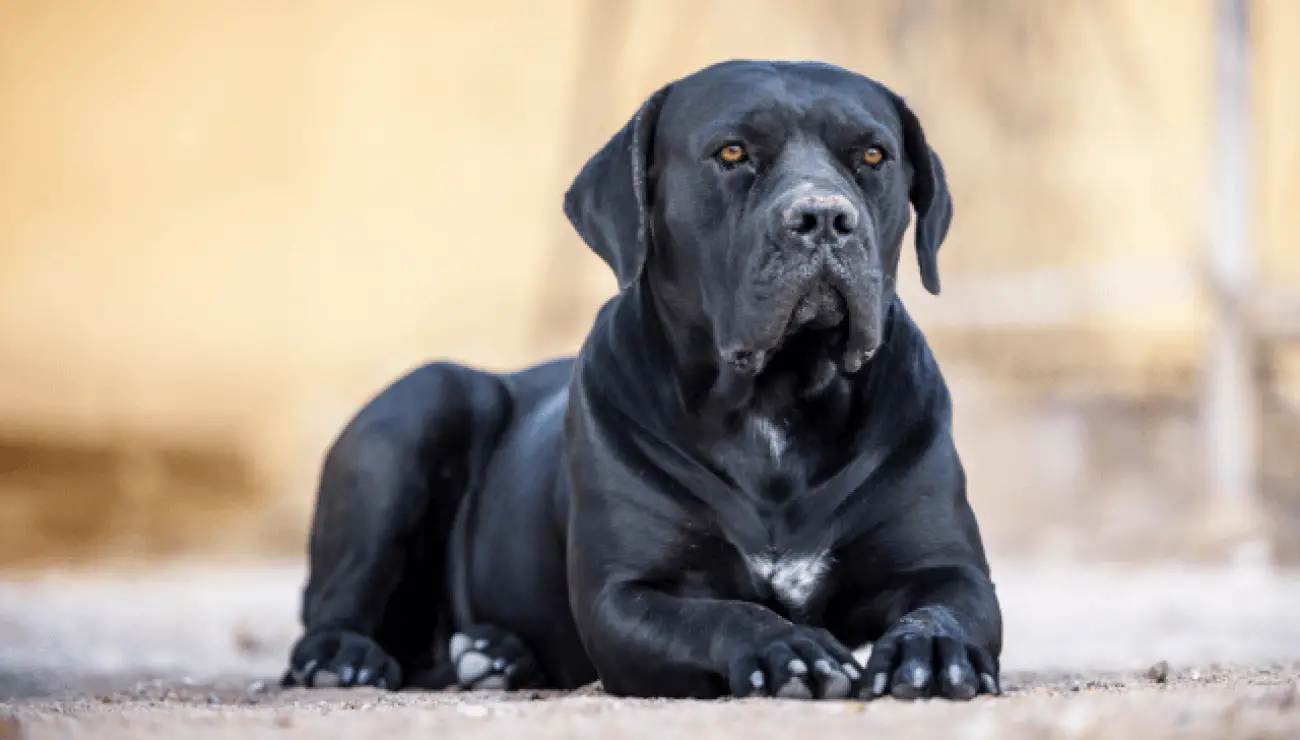
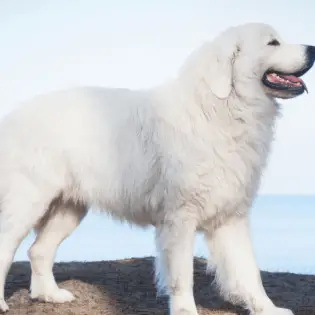
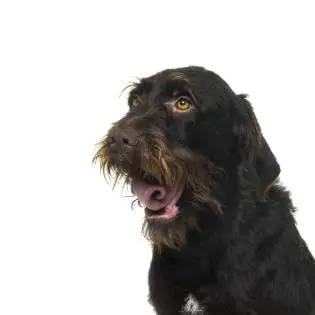
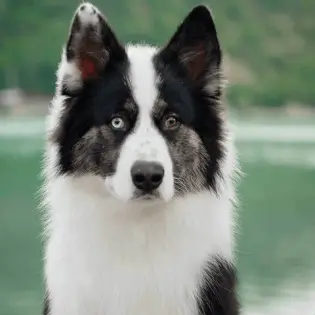

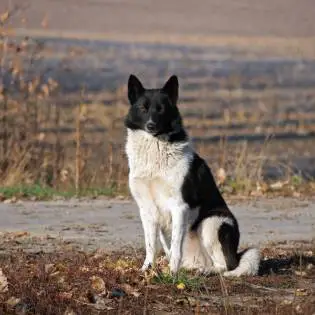
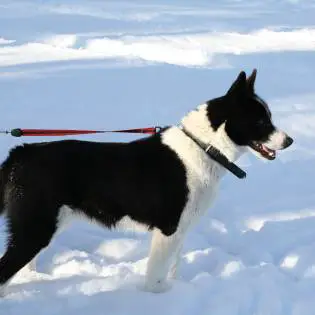
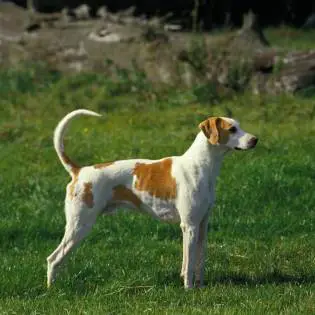
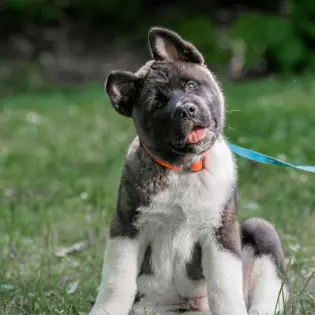
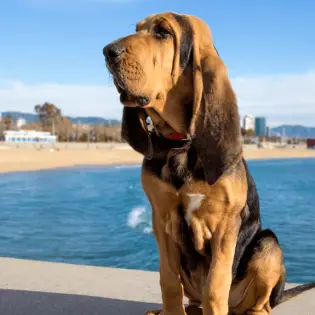
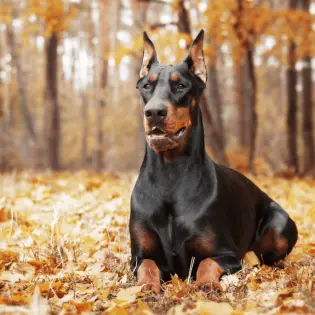

Share